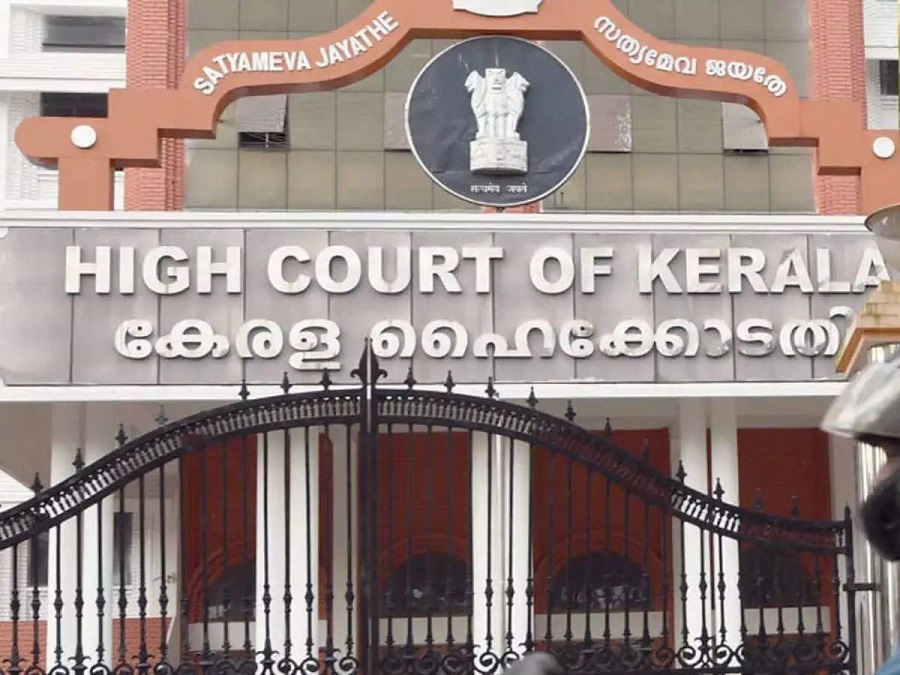
KOCHI:
Kerala’s ancient sacred groves where the serpent Gods are presiding deity are fast disappearing, the High Court here has observed and directed the state government to take steps to preserve those ecological havens.
Coming to the aid of the sacred ‘sarpakavus’ or serpent groves, the high court directed the state government to preserve those which have been identified as Biodiversity Heritage Sites (BHS).
The High Court also directed every local body in the state to form Biodiversity Management Committees (BMC) within its area.
Justice V G Arun directed that the state government, in consultation with the local bodies, shall notify the serpent groves identified as BHS by the BMCs and schemes should be framed to compensate or rehabilitate anyone economically affected by such notifications.
The BMC shall also prepare a people’s biodiversity register as the grama panchayat or municipality or municipal corporation levels, the court added.
It issued the directions, saying that “we need to care for the environment because it is the only one we have and all of us are under an obligation to conserve it for our future generations”.
The court also quoted an American proverb — we do not inherit the earth from our ancestors, we borrow it from our children — while issuing the directions which came on a plea by an organisation aggrieved by the “rampant and indiscriminate destruction” of serpent groves across the state.
It had contended that serpent groves play a vital role in preserving biodiversity and maintaining ecological balance as they are repositories of various species of flora and fauna.
It had urged the court to include serpent groves within the meaning of temple and extend to them all benefits given to temples under the Hindu Religious and Charitable Endowments Act, 1951 as they are sacred places worshipped by the Hindus for many generations.
While declining to grant this relief, the court said serpent groves were classic examples of environment protection resulting as a by-product of traditional beliefs.
“As a consequence of the values placed on these patches of mini forest by the local community, they remained untouched for centuries. The overall societal taboo against harming or killing of snakes and fear of retribution also helped in maintaining ‘sarpakavus’,” the court said.
However, over a period of time changes occurred in the belief systems, human population increased and developmental pressures led to “the deterioration and destruction of many sacred groves”, the court said.




